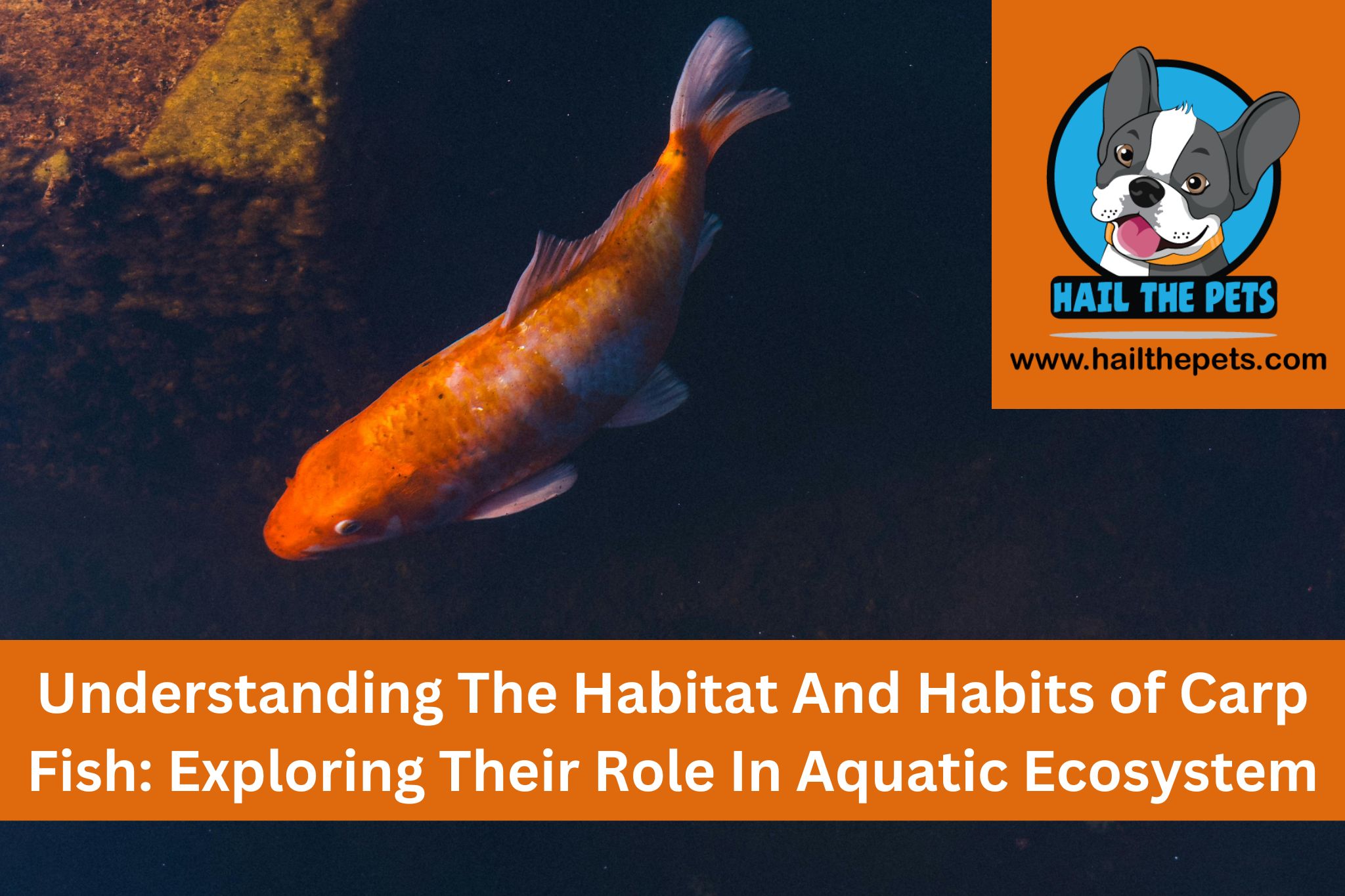As part of the Cyprinidae family, Carp Fish are some of the most diverse freshwater fish species. Aquatic ecosystems around the globe rely on them due to their flexibility and ability to adjust to changes.
Acknowledging Carp’s significance in preserving ecological balance involves an awareness of their habitat preferences and behavioral habits. In this article, we will learn about the types of Carp Fish, its characteristics, habitat, behavior as well as its importance.
Types of Carp Fish You Need to Know About
Common Carp
Common Carp, scientifically known as Cyprinus carpio, is a distinct type of Carp originating from Asia. It is often referred to as the European Carp and is among the top 10 invasive fish species worldwide. Common Carp’s dominance over native fish species has given it the appearance of a pest.
Common Carp have evenly-spaced scales across their whole body and vary in color from dull gold to dark brown. The little barbels on the corners of their mouths set them apart from suckers and buffalo. It has a slim, torpedo-shaped body.
Read more: Breeding Fish: A Beginner’s Guide to Understanding Fish Reproduction
A Common Carp weighs between fifteen and twenty-five pounds on average. Fish eggs, mollusks, crustaceans, and aquatic plants are just some of the many foods that Carps consume.
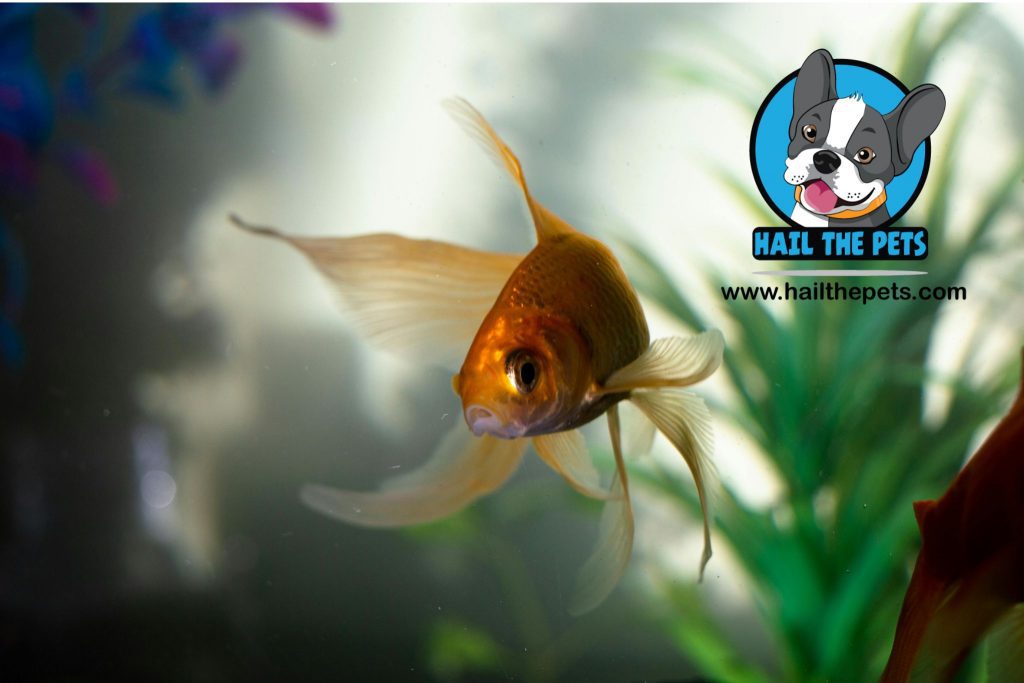
Silver Carp
Sometimes known as the Asian Carp Fish, this particular kind of Carp is scientifically known as Hypophthalmichthys molitrix. It belongs to the Common Carp family and is a relatively large fish.
Despite being universal, it is more frequently seen in Asia than compared to other regions. Aside from its stunning silver hue, the Silver Carp’s distinct feature is its disproportionately large head.
Contrary to the Common Carp, the Silver Carp has a significantly shorter dorsal fin and tiny silver scales. Moreover, what sets them apart from other Carp species is their enormous, upside-down, toothless mouth.
The majority of Silver Carp are 20 to 40 pounds in weight. At times, they consume so much plankton that they wipe out local mussels and fish that rely on it for survival.
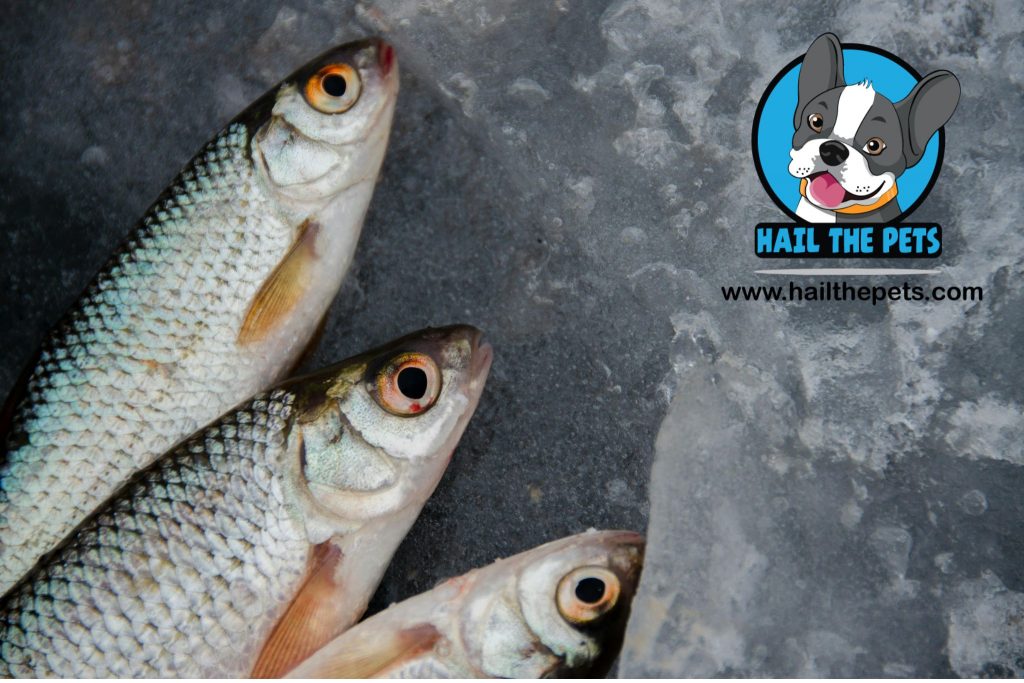
Grass Carp
The White Amur is another name for the Grass Carp Fish. This particular Carp Fish belongs to the Cyprinidae family. Although they are bred for food in Asia, Grass Carp were introduced to multiple bodies of water in North America and Europe to reduce the development of weeds.
Read more: Ten Deadly Fish Diseases: Tips And Tricks To Prevent Them
In comparison to Common Carp, it has a longer, slimmer body and a similar arrangement of darker green scales. The absence of barbels on both sides of the mouth is the primary distinction between Common and Grass Carp.
The peculiar name of this kind of Carp originates from its preference for consuming an array of aquatic plants.

Koi Carp
The Koi Carp was initially bred in the town of Ojiya, Japan, in the 1820s for its bright colors and to look beautiful in ornamental ponds and water gardens.
Read more: Breeding Fish: A Beginner’s Guide to Understanding Fish Reproduction
The hues of Koi Carp are almost infinite and include white, black, red, orange, yellow, blue, and cream, among other colors and patterns. The barbels and vigor of the Common Carp are among the many notable traits shared by the Koi Carp. A Koi Carp typically weighs between ten and twenty pounds.
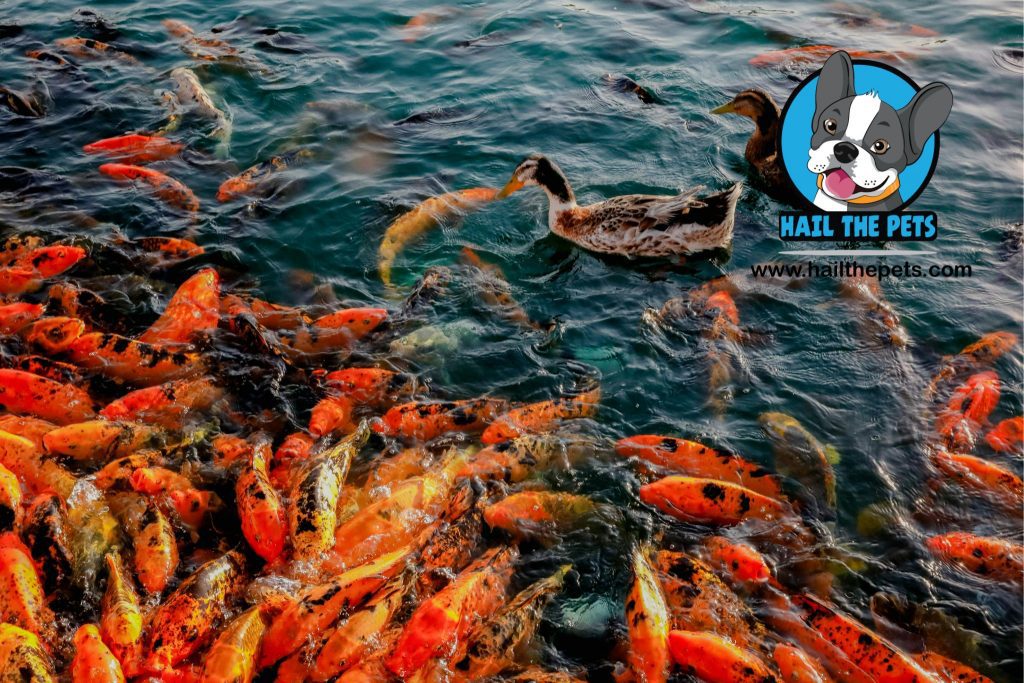
Characteristics of Carp Fish
The characteristics of Carp Fish are diverse, revealing differences in size, color, and physique according to the species and its environment.
A single dorsal (top) fin with sharp spines, big lips, a forked tail, and tiny eyes are among some of its characteristics. Carp Fish have thick, large scales and can be found in several colors. They are distinguished by the presence of two barbels on each corner of their mouth.
The Carp has enormous growth potential. There have been stories from abroad of Carp Fish weighing 60 kg and reaching lengths of 1.2 meters. Australia has recorded Carp captures of up to 10 kg, while the typical weight is between 4 and 5 kg.
Habitat and Distribution
Carps can spend their whole lives in ponds, lakes, streams, and reservoirs. Although they thrive in a wide range of aquatic environments, they favor bigger, warmer, slower-moving water bodies with soft, muddy bottoms.
Carp are incredibly adaptable fish that can survive in a wide range of environments, even extremely harmful ones, which makes them successful invasive species. Water with low oxygen levels, pollutants or extreme temperature swings, including abrupt freezing, are among the severe environments in which carp can survive.
Read more: Understanding Fish Nutrition: How to meet the Healthy Dietary Needs of Different Fish Breeds
Carp species are distributed around the world, having native populations in regions of Africa, Asia, and Europe. Thus, Carp have been introduced to many places worldwide, where they have formed healthy populations, mainly due to their appeal in aquaculture and sport fishing.
On the other hand, Carps are regarded as a major pest in Australia, Canada, and North America.
Behavioral Habits
Behavior differs slightly based on age. In general, Carp live in small groups known as schools. Larger species of Carp specifically lead lives of solitude and do not socialize apart from breeding.
Carp happens to be more active in warmer waters. Carp are migratory fish that move between several habitats in response to changing conditions of the environment.
Reproductive Behavior
Rising water temperatures and photoperiods trigger carp to spawn in the spring and early summer. They engage in complex reproductive behaviors, such as making nests, as well as participating in courting displays. When carp spawn, they intend to be in shallow, vegetative places where they can build nests or holes in the ground.
Role in Aquatic Ecosystem
In freshwater ecosystems, Carp Fish constitute a vital component as they regulate the structure of the food web, the cycling of nutrients, and habitat alteration.
As they are omnivorous bottom feeders, Carp eat several foods, such as detritus, aquatic plants, and invertebrates. Their eating patterns have the power to profoundly impact bottom populations and aquatic plants, which then alters the composition and effectiveness of their habitats.
Because of how they consume food, Carp’s natural habitat becomes unhealthy. Through uprooting, eating, and causing the water to become turbid (cloudy), they limit the quantity of plants and algae that grow in the water.
Additionally, they release a lot of nitrogen into the water through their waste, which often decreases the water’s suitability for other fish.
Carp have been linked to the spread of numerous parasites along with bacterial, viral, and fungal illnesses in different parts of the world.
Their ability to prosper in modified or damaged environments has resulted in beneficial as well as detrimental ecological effects, drawing attention to conservation and management initiatives.
Are Carp Fish Endangered?
Carps inhabit vast areas. They have been used to populate lakes and are resilient. They do, however, usually endure longer than native fish, which puts them in competition with each other for the same resources.
Conservation and Management
Addressing the ecological consequences of Carp and creating methods of mitigation for their harmful effects have become increasingly important in recent years. The above involves conducting research regarding the ecological relationships between Carp and native species, implementing targeted elimination programs, and restoring habitat.
It has also been possible to balance the preservation of natural ecosystems with the cultural and commercial significance of carp fish due to measures that promote sustainable aquaculture methods and ethical fishing.
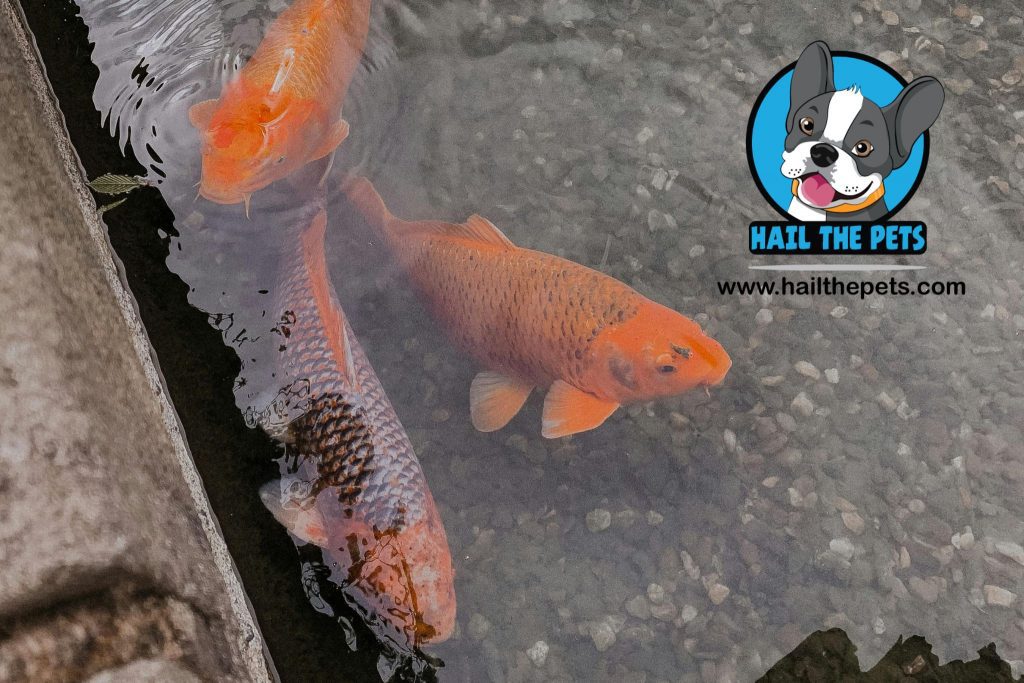
Interesting Carp Fish Facts
The following are the interesting facts about Carp Fish that you need to know off.
For thousands of years, the Carp—a freshwater fish with oily ray fins—has been an integral part of human society. The Carp happens to be one of the deadliest freshwater fish species to invade its natural ecosystem. Carps can eat almost anything, ranging from dead insects to small fish to algae. Carps reproduce through external fertilization. Carps have very few predators, with humans being its most prominent predator.
Carps hibernate in winter. Common Carp are a valuable fish for aquaculture economics. They have been farmed fish since as early as the Roman era.
China produces nearly 70% of the world’s Carp production, making it the greatest producer in the world. Common Carp have been known to grow to extraordinary sizes—one in France was documented weighing 91 pounds—and have been known to survive for decades.
The Daughterless Carp Project is an initiative to manage invasive fish through different methods. Researchers alter the Carp’s DNA to prevent them from spawning and only allow them to have male progeny.
Conclusion
Carp are an intriguing species of fish. They are a fascinating species to learn about, considering they are difficult to capture and have distinct dietary habits and peculiar characteristics.
The carp fish, in conclusion, is a symbol of the intricate relationship that exists between the natural world and humanity. Balanced approaches to conservation and management are crucial, as demonstrated by their ecological importance, cultural symbolism, and economic worth.
